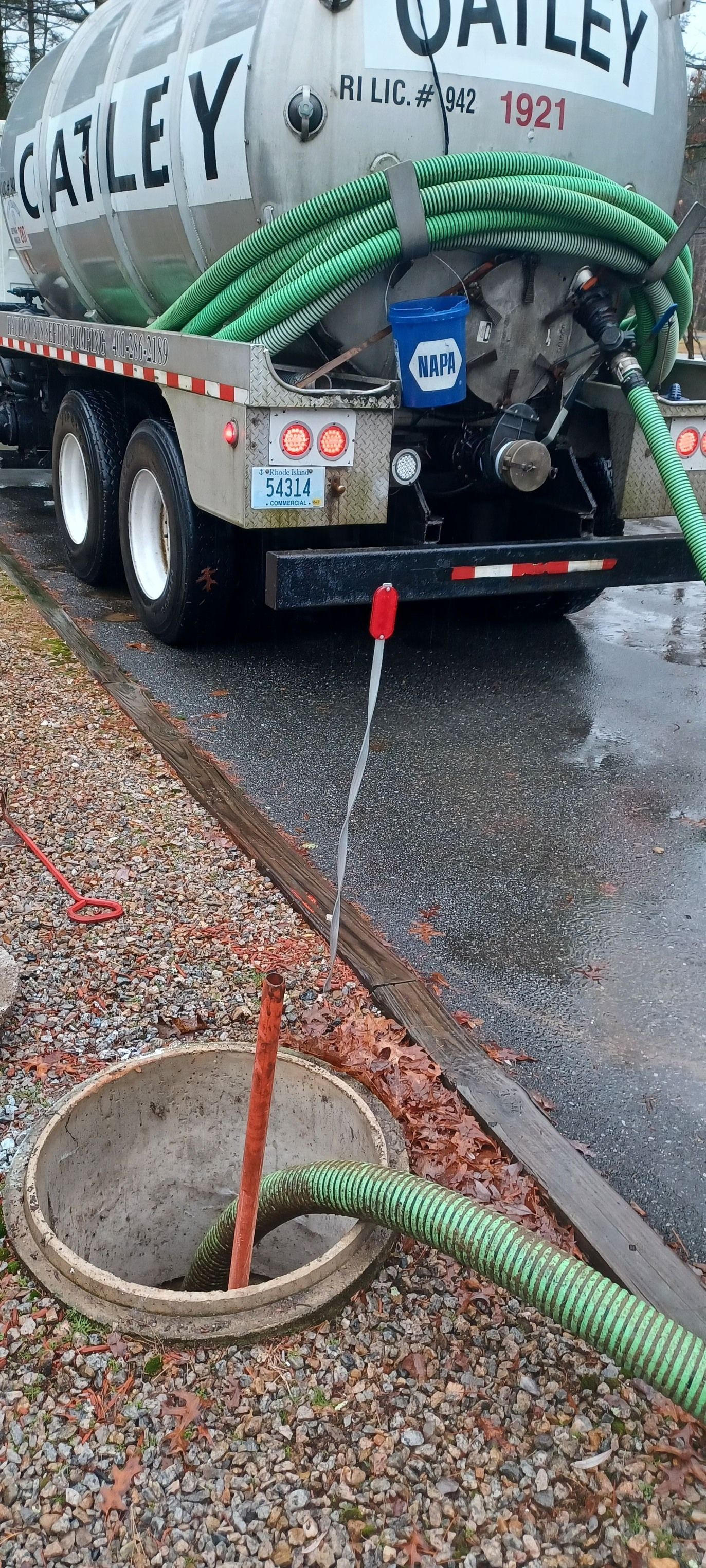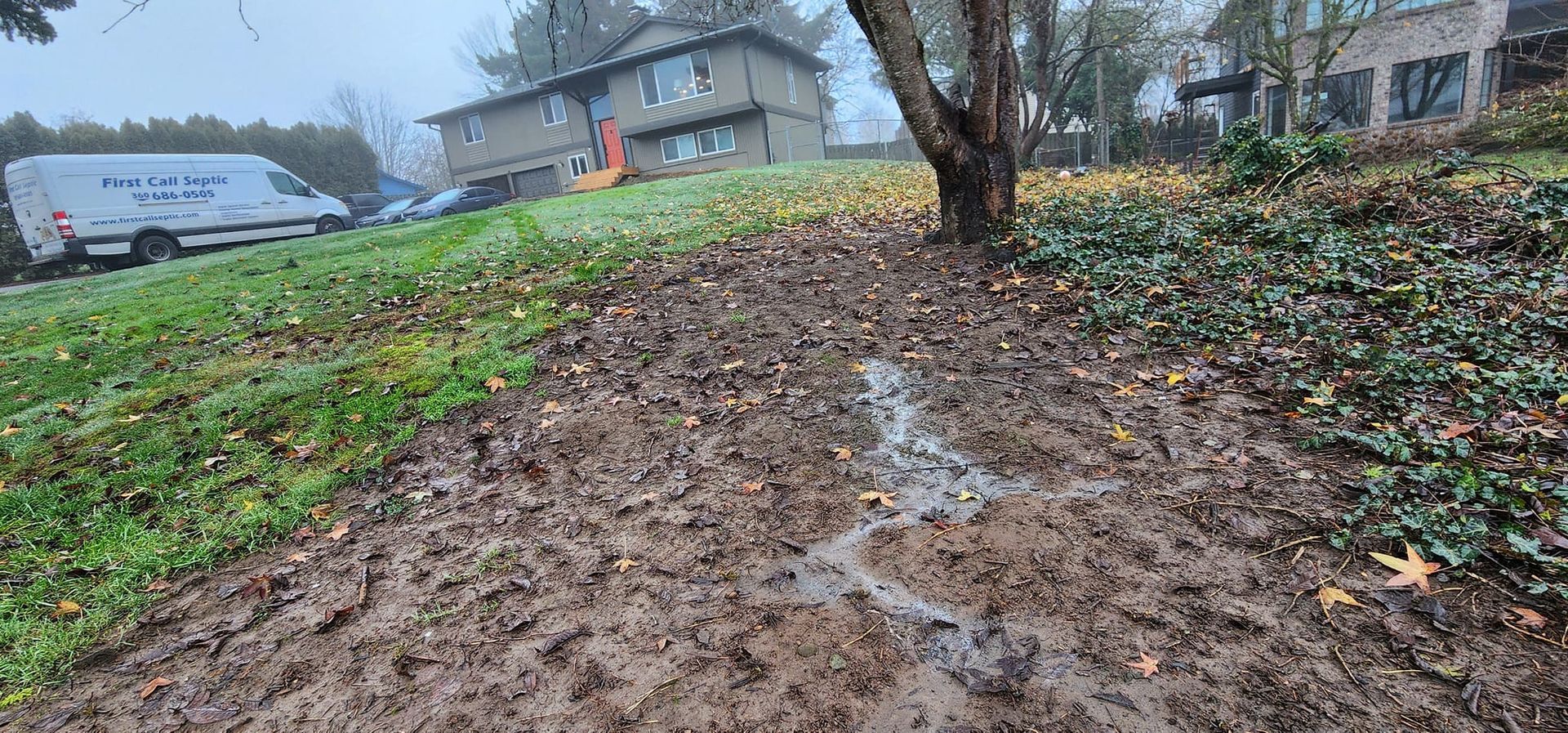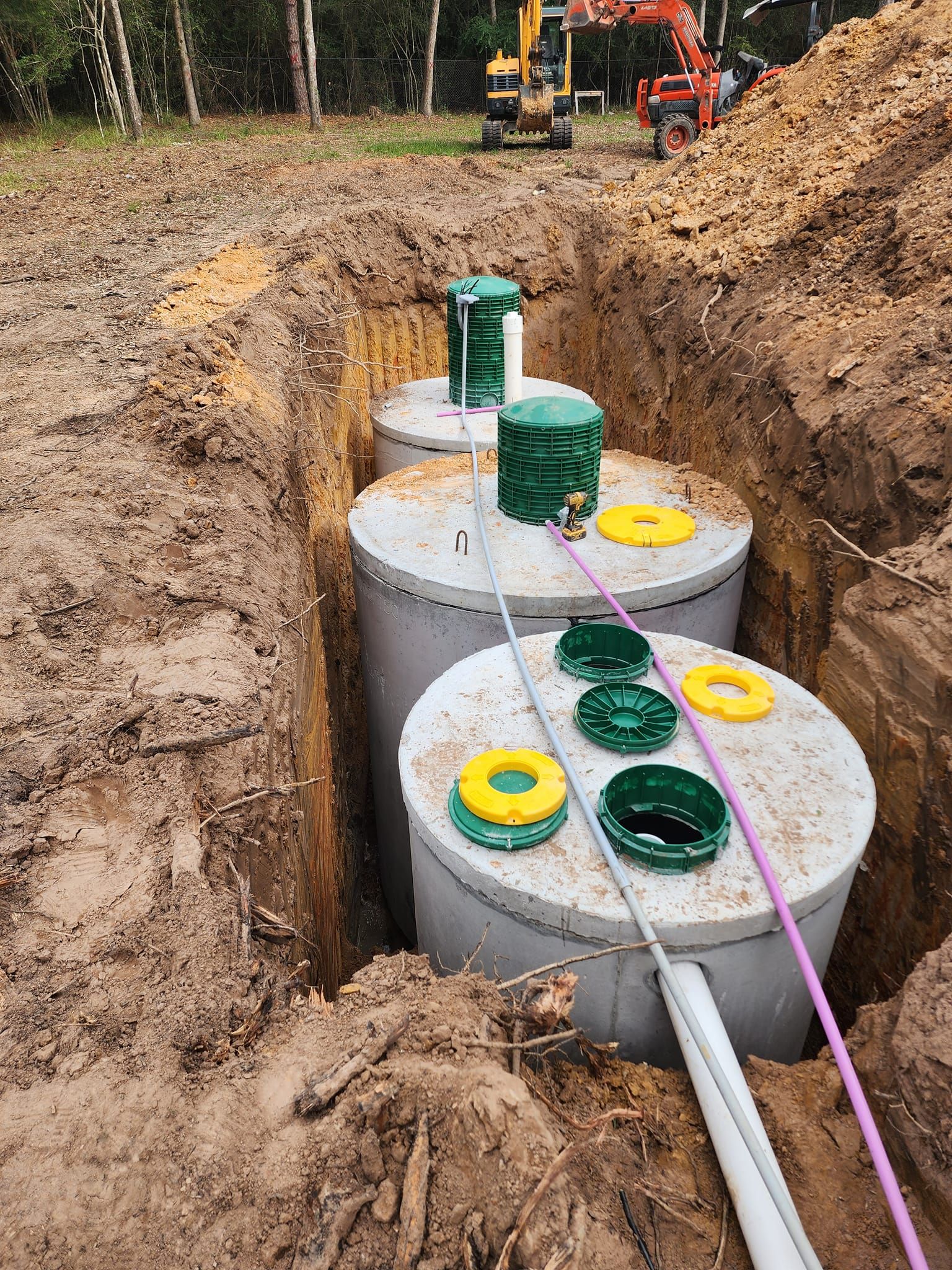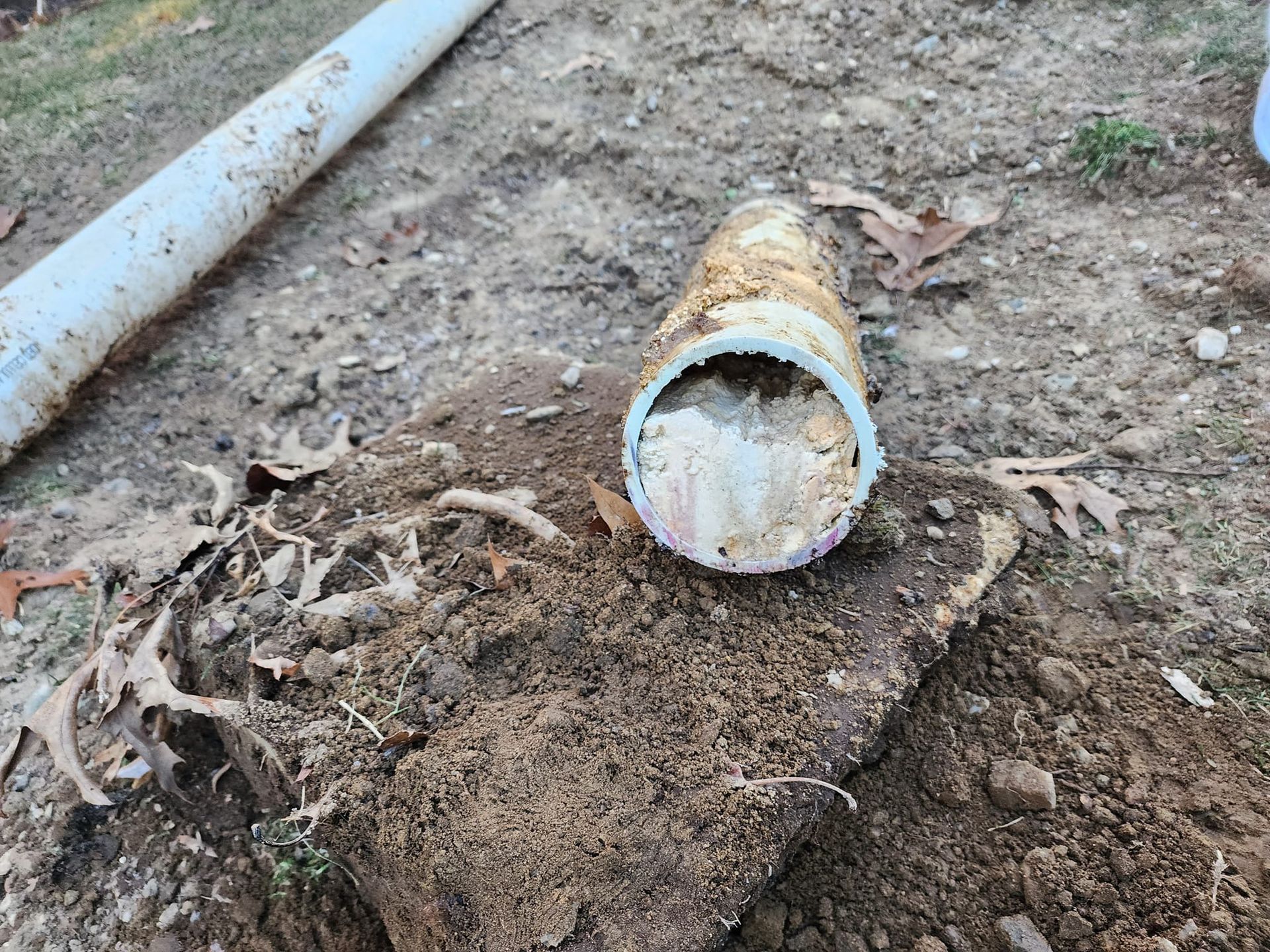Constructed Wetland
Constructed Wetlands For Wastewater Treatment
At EWS Septic, we specialize in providing sustainable, eco-friendly wastewater treatment solutions. We use constructed wetlands. Constructed wetlands are engineered systems. They mimic the natural processes of wetlands to treat wastewater effectively.
Constructed wetlands offer numerous benefits. They are an ideal choice for homeowners interested in wastewater treatment solutions. They provide an environmentally friendly alternative. They also offer cost-effectiveness and low maintenance requirements.
How Constructed Wetlands Work
Constructed wetlands operate on the principle of utilizing natural processes to treat wastewater. The system consists of different components that work together to purify the water.
The substrate, or the soil-like material, acts as a filter. It removes contaminants and pollutants from the wastewater. The plants in the wetland play a crucial role in the treatment process. They absorb nutrients and promote biological activity. Additionally, the flow of water through the wetland helps facilitate the treatment process.
Advantages of Constructed Wetland
Constructed wetland septic systems offer several advantages over traditional septic systems. Let's explore the key benefits:

Alternative to Traditional Septic Systems
Constructed wetlands offer an eco-conscious and sustainable substitute for traditional septic systems. By harnessing natural processes and vegetation, they efficiently treat wastewater, minimizing reliance on mechanical and chemical methods. This not only reduces environmental impact but also establishes them as a greener choice.
Opting for constructed wetlands aligns with a commitment to eco-friendliness and sustainability in wastewater treatment, showcasing a responsible approach to environmental stewardship.

Environmental Benefits
Constructed wetlands have a significant advantage. They can remove nutrients from wastewater. Nutrients like nitrogen and phosphorus can be harmful to aquatic ecosystems. The plants in the wetland effectively absorb these nutrients. This helps prevent nutrient pollution and improves water quality.
Constructed wetlands also create habitats for various wildlife species. The wetland attracts diverse flora and fauna. It enhances biodiversity and promotes ecological balance with its vegetation and water bodies.

Cost-Effectiveness & Low Maintenance
Constructed wetland septic systems offer long-term cost savings. They have lower operational costs compared to traditional septic systems. They rely on natural processes. They require minimal energy consumption, which results in reduced utility bills.
Maintenance requirements for constructed wetland septic systems are relatively low. Regular inspections and periodic maintenance tasks ensure the system's efficiency. These tasks include plant management and sediment removal. This translates to fewer maintenance expenses and less hassle for homeowners.
Design and Construction
Designing a constructed wetland system for wastewater treatment requires careful consideration of various factors. This ensures its effectiveness and efficiency. Here are the key considerations in the design process:
System Goals & Objectives
Before designing a constructed wetland system, it's essential to define the goals and objectives. This includes determining the desired level of treatment, the volume of wastewater to be treated, and any specific regulatory requirements that need to be met.
Site Selection
Choosing the right location for the constructed wetland system is crucial. Factors such as soil type, topography, and proximity to water sources should be taken into account. The site should have suitable conditions for plant growth and proper drainage.
Sizing & Configuration
Proper sizing of the constructed wetland system is essential for optimal performance. The size of the system depends on factors such as the wastewater flow rate, pollutant load, and treatment goals. It's important to ensure that the system is adequately sized to handle the expected wastewater volume.
Substrate Selection
The substrate, or the soil-like material in the wetland, plays a vital role in the treatment process. It provides a surface for microbial activity and helps remove pollutants. When selecting a substrate, consider factors such as permeability, nutrient retention, and stability.
Flow Configuration
Constructed wetlands can be designed as surface flow or subsurface flow systems. Surface flow systems involve water flowing over the wetland's surface. Subsurface flow systems involve water passing through a gravel or rock bed beneath the surface. The choice of flow configuration depends on factors. These include pollutant removal efficiency, land availability, and site conditions.
Plant Selection
The choice of plants in the constructed wetland system is crucial for nutrient uptake and overall system performance. Native wetland plants are often preferred because they are adapted to the local conditions. They can effectively remove pollutants. The selection should consider factors such as tolerance to wastewater, growth rate, and aesthetics.
Pre-Treatment
In some cases, pre-treatment processes may be necessary to remove larger solids or excessive nutrients. This is before the wastewater enters the constructed wetland system. This can include processes such as screening, sedimentation, or anaerobic treatment. The need for pre-treatment depends on the specific wastewater characteristics and treatment goals.
By considering these key factors in the design and construction of a constructed wetland system, you can ensure its optimal performance and effectiveness in treating wastewater.
Constructed Wetland Septic System Cost
The cost of a constructed wetland septic system can vary depending on several factors. These factors include the system's size, site conditions, and any necessary pre-treatment processes. However, it's important to consider the long-term cost savings associated with these systems.
Constructed wetland septic systems have lower operational costs compared to traditional treatment methods. They require minimal energy consumption and have fewer maintenance requirements. Additionally, there may be financial incentives available for implementing sustainable wastewater treatment solutions.
Maintenance & Operation
Maintaining a constructed wetland septic system is relatively straightforward. Regular inspections are necessary to ensure the system is functioning optimally. This includes monitoring the plant growth. It also involves checking for any blockages or sediment buildup and ensuring proper water flow.
The system's efficiency may require periodic maintenance tasks, such as plant management and sediment removal. Our team at EWS Septic can provide you with a comprehensive maintenance plan. It will ensure the longevity and effectiveness of your constructed wetland septic system.
Why Choose EWS Septic?
EWS Septic is a trusted and experienced provider of Constructed Wetlands For Wastewater Treatment. We have years of expertise in the field. We have implemented many constructed wetland systems. They have delivered exceptional results for our clients.
Our team of professionals is dedicated to providing personalized solutions. The solutions are tailored to your specific needs. We prioritize customer satisfaction. We ensure that every project is executed with the highest level of professionalism and attention to detail.
Constructed Wetland FAQs
-
How do constructed wetlands differ from traditional wastewater treatment methods?
Constructed wetlands use natural processes and vegetation to treat wastewater. In contrast, traditional methods rely on mechanical and chemical processes.
-
What contaminants can constructed wetlands effectively treat?
Constructed wetlands can effectively treat various contaminants. These include organic matter, nutrients, heavy metals, and pathogens.
-
Are constructed wetlands suitable for residential wastewater treatment?
Yes, constructed wetlands can be designed and constructed to effectively treat residential wastewater. They provide a sustainable and eco-friendly solution.
-
What is the lifespan of a constructed wetland system?
A constructed wetland system can last several decades. It is important to properly design, construct, and maintain the system.
-
Can constructed wetlands be retrofitted into existing wastewater treatment infrastructure?
Yes, constructed wetlands can be retrofitted into existing wastewater treatment infrastructure. They offer a more sustainable and efficient treatment upgrade.
Schedule Now
Reach out to us for immediate help with your septic requirements
Select EWS Septic for outstanding septic services. Rely on our extensive expertise, unwavering professionalism, and holistic solutions when it comes to addressing various septic issues.
Feel free to
reach out to us at your convenience to schedule prompt service or to delve deeper into understanding our dedicated offerings. Our commitment lies in effectively managing and resolving your septic concerns with a consistent focus on excellence and reliability.
All Rights Reserved | EWS Septic




